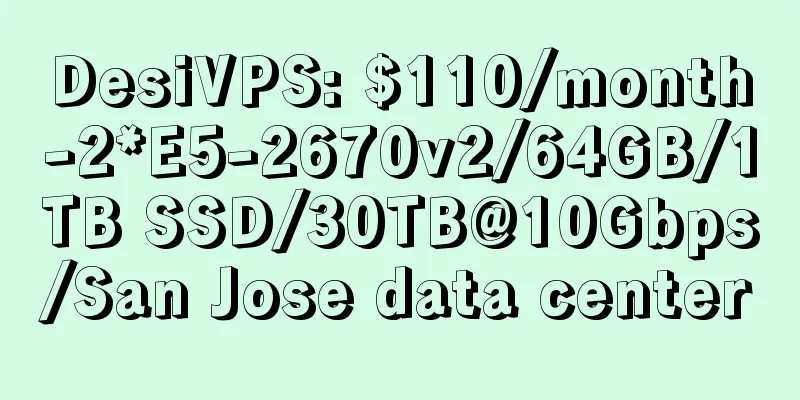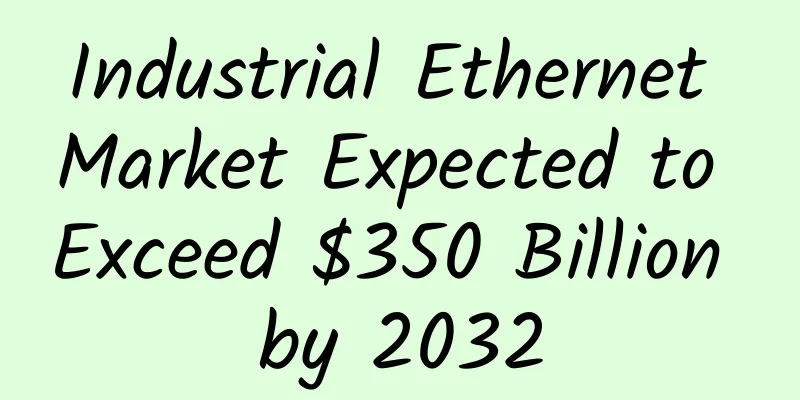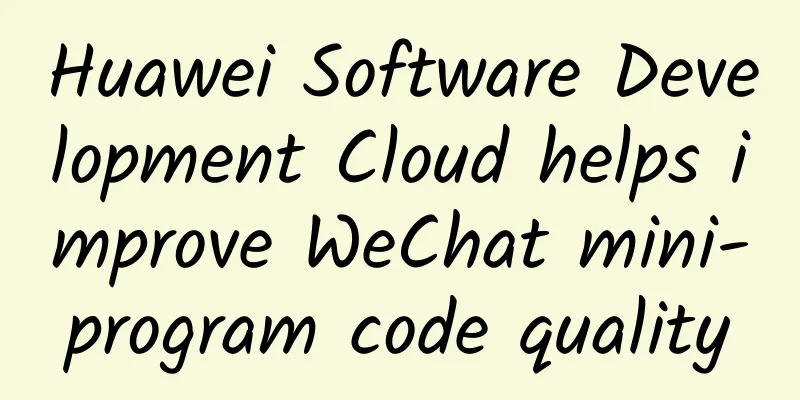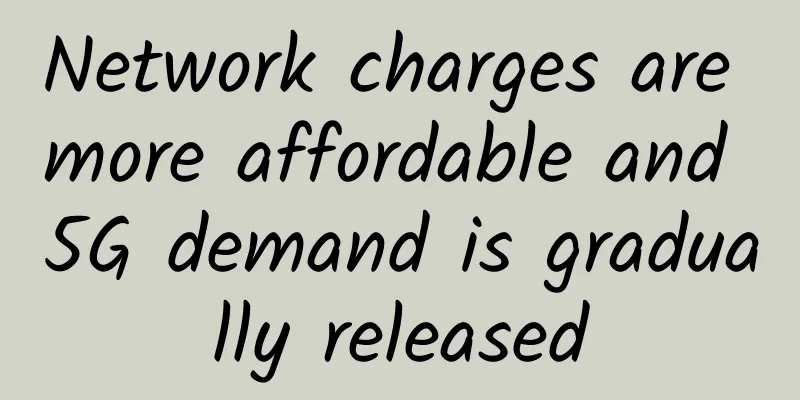Flexible consumption model reduces IT expenses and helps investments

|
Not all workloads are suitable for the cloud, which means that traditional data centers still have a place. But on-premises infrastructure must compete with pay-as-you-go models such as IaaS and SaaS, and vendors such as Dell, Cisco, Lenovo and HPE are promoting a new IT model called "flexible consumption." While flexible consumption and its specific offerings may vary by vendor, the overall goal is to enable a pay-as-you-go payment model for on-premises hardware and software.
Flexible consumption basics At the hardware level, the main idea behind flexible consumption is to reduce the cost of hardware investment by first determining the minimum or baseline capacity and then determining a certain amount of additional capacity to support growth or peak usage. This can also be positioned as a hybrid cloud, giving users cloud-like access to on-premises hardware while connecting their data center to a public cloud provider. The enterprise would then pay a fixed cost for the baseline capacity and a variable cost for any additional capacity used. The equipment that needs to be installed here includes: automated tools for monitoring and measuring capacity usage to support billing and service quality purposes. Enterprises can adjust the baseline and additional capacity at any time based on actual usage patterns and adjust billing accordingly. This means that enterprises only need to pay a minimum fixed fee on time and pay additional recurring costs for additional capacity. Some of the most noteworthy offerings include HPE GreenLake, Dell Flex On Demand, Cisco OpenPay and Lenovo TruScale Infrastructure Services, but vendors may not offer flexible consumption models across their entire hardware portfolio. In the traditional IT spending model, the enterprise is ultimately responsible for software license management: determining which software tools are appropriate and how many licenses are required. Ignoring licenses can cost the enterprise important functionality, force the enterprise to scramble to add licenses, or even put it at risk of license violations. Flexible consumption makes software licensing more of a collaborative process and allows enterprises to adjust software needs over time, making it more affordable for enterprises to deploy collective software licensing structures. All SaaS products follow some form of flexible consumption model and allow businesses to use software without having to install or maintain applications. Businesses do not need to deal with licenses and only pay for the number of accounts or seats or the amount of work performed by the software service. Examples include ServiceNow Now Platform and SAP Concur. The pros and cons of flexible spending The most significant benefit of a flexible consumption model is reduced risk. Traditionally, capital-intensive IT investments have been risky for many businesses. There is a lot of money involved, and business leaders must know that the investment will provide the desired results. This level of risk often inhibits the deployment of new and innovative technologies, while exposing companies to different risks such as falling behind or losing competitiveness. Flexible consumption models can eliminate some of this potential risk and lower financial barriers. Rather than purchasing a set amount of equipment outright, companies can acquire the same amount of equipment, pay for a relatively small amount of capacity, and then use additional resources as needed over a set period of time. Flexible consumption models can also simplify cost control. In traditional IT procurement, enterprises simply deploy equipment, but a lot of additional work and monitoring is required to determine how business applications use the infrastructure. From an enterprise perspective, flexible consumption models may be more attractive when leaders want technology to provide new or unproven capabilities. A key element in a vendor’s flexible consumption model is monitoring and metering tools that provide the enterprise with a detailed snapshot of how capacity is being consumed and the drivers behind it. Cost allocation and control is certainly not a new concept, but it is often associated with flexible consumption models. The most difficult aspect of flexible consumption is changing the mindset of business and IT leaders. Moving from Capex to Opex can be a challenge. Flexible consumption is also disruptive for the enterprise because the way the enterprise views the role of IT fundamentally changes. Erratic, unclear or unpredictable usage patterns can create utilization issues and unexpected bills for this spending model. Fortunately, the success of technologies such as managed hosting and cloud computing have made consumption-based or pay-as-you-go IT models viable, so it is now much easier to switch to this model. |
<<: Huawei launches new smart security brand Huawei HoloSens, leading the smart security market
>>: For the first time, such a clear and unconventional explanation of K8S network
Recommend
US media: The US military is accelerating the launch of 5G military testing
[[376018]] On January 7, the website of the U.S. ...
DesiVPS: $15/year-1GB/15G NVMe/1.5TB@10Gbps/San Jose data center
DesiVPS continues the Black Friday promotion in D...
Operators have confirmed: The first generation of 5G mobile phones can only use 4G networks
Recently, the inability of NSA 5G phones to conti...
How to promote digital transformation? American communications giant AT&T teaches you a few tricks!
[[424222]] Legacy systems are as much a drag on t...
How to balance the development of Wi-Fi 7 and future 5G/6G?
As society progresses, people's demand for in...
How about HostYun? Simple test of HostYun Los Angeles CN2 GIA cheap version
Recently, I shared the news that HostYun (Host Cl...
[11.11] iOVZ: 60% off monthly payment/50% off annual payment for all VPS/dedicated servers, Hong Kong/Korea VPS monthly payment starts from 36 yuan
iOVZ Cloud has launched a promotion during the 20...
A brief discussion on processes, threads, and the choice between multithreading and multiprocessing
My understanding is that a process refers to an a...
In the F5G era, home broadband is moving towards Gigabit. Don’t let the optical modem hold you back.
Mobile networks have entered the 5G era, and thei...
South Korea's 5G users will reach tens of millions! It is important to drain the "water"
As the core of the new generation of communicatio...
5G commercialization promotes the scale development of industrial Internet
The Industrial Internet is a network that connect...
Review of eight hot spots in the optical communication industry in 2021: Highlights frequently emerge under the halo of 5G
In 2021, digitalization has become the focus, and...
5G is here, and your way of playing TikTok should also change
On June 6, 2019, the Ministry of Industry and Inf...
ABI Research: 5G slicing will generate $20 billion in revenue
5G slicing is a key enabler of new business model...
Five-year action plan for new infrastructure in the transportation sector released
As one of the main driving forces of urban develo...









